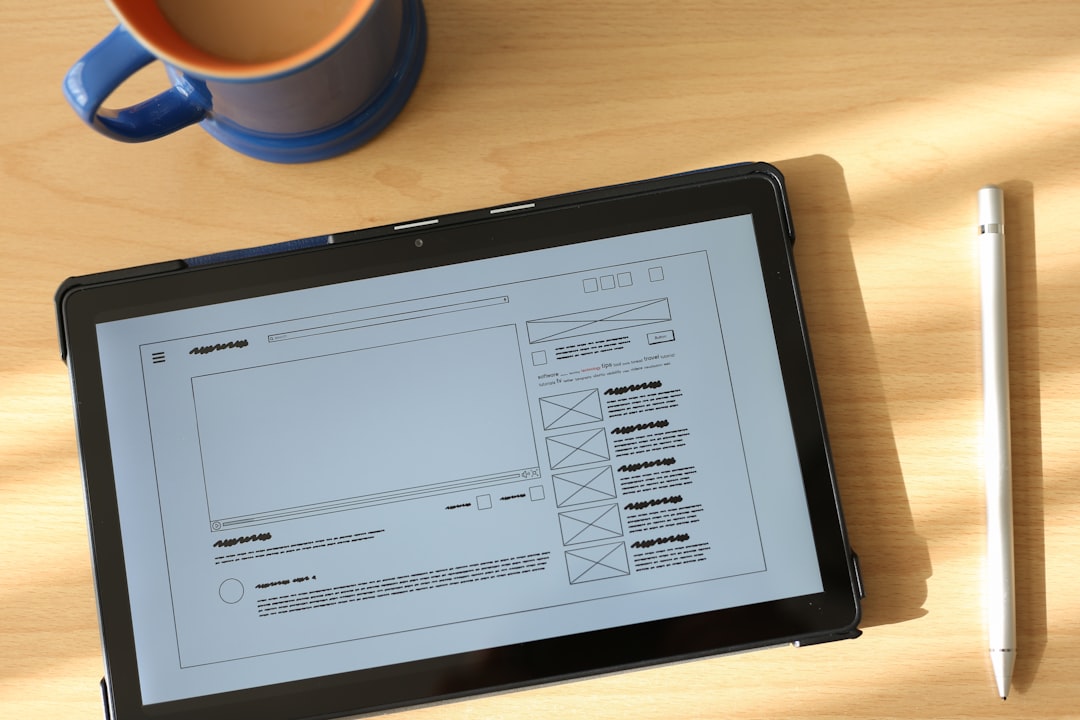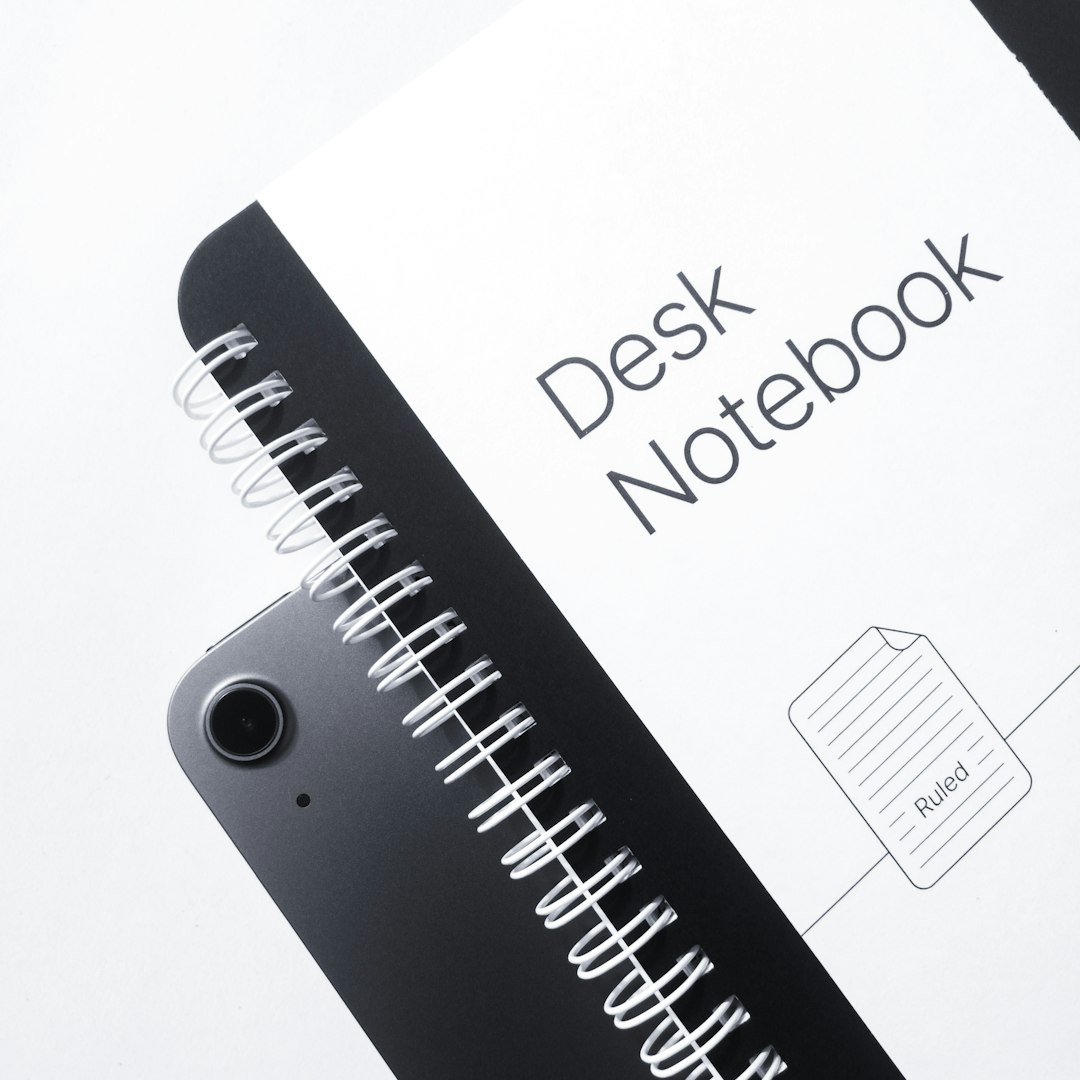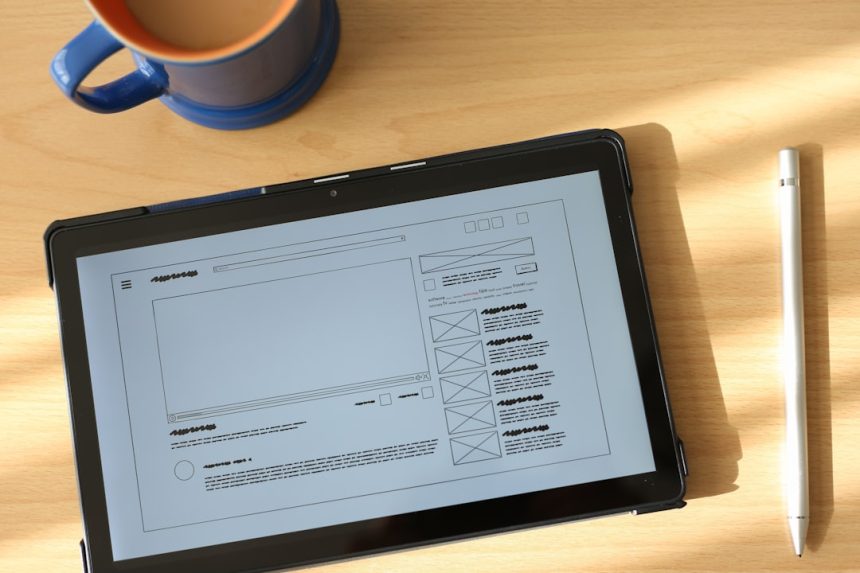In today’s fast-paced business environment, companies are constantly seeking ways to reduce costs, increase efficiency, and minimize their environmental footprint. One such shift that has gained significant traction is the transition from traditional paper invoices to electronic or paperless invoicing. While the concept may seem simple—sending invoices via email or an online platform instead of mailing physical copies—it brings with it a host of implications, both positive and negative. The big question remains: Is paperless invoicing truly better than paper invoices?
The Rise of Paperless Invoicing
Paperless invoicing, also known as e-invoicing, involves the generation, delivery, and storage of invoices in a digital format. With advancements in cloud technology and financial software, businesses are increasingly opting for this method. The shift is evident not only in large enterprises but also among small and medium-sized businesses looking to modernize their financial operations.

Advantages of Paperless Invoicing
There are several clear benefits associated with adopting paperless invoicing systems:
- Cost Savings: One of the most significant advantages is the reduction in operating costs. Paper, printing, postage, and storage expenses are virtually eliminated.
- Faster Processing: Digital invoices are delivered instantly and can be processed quickly, leading to shorter payment cycles and improved cash flow.
- Improved Accuracy: Automated systems reduce the risk of human error in data entry and calculations.
- Environmental Impact: By minimizing paper use, businesses contribute to environmental conservation and reduce their carbon footprint.
- Better Data Management: Digital storage makes it easier to track, archive, and retrieve invoices for audits or financial reviews.
Moreover, many invoicing platforms integrate seamlessly with accounting software, providing real-time financial insights and better resource planning.
The Challenges of Going Paperless
Despite its benefits, paperless invoicing is not without challenges:
- Technological Barriers: Smaller businesses or those in less technologically advanced regions might struggle with reliable internet access and digital literacy.
- Security Concerns: Electronic documents can be vulnerable to cyber threats if proper security measures aren’t in place.
- Regulatory Compliance: In some jurisdictions, digital invoices must meet specific legal requirements to be valid for taxation or audit purposes.
- Customer Readiness: Not all clients or suppliers may be ready—or willing—to switch to electronic formats, especially older or more traditional firms.
To mitigate these risks, companies must invest in secure invoicing platforms, maintain regular backups, and ensure compliance with relevant financial regulations.
Paper Invoices: Still Relevant?
While the world is moving digital, paper invoices haven’t become entirely obsolete. They are tangible, less susceptible to hacking, and often preferred in industries where documentation must be manually verified or signed. In some cultures and sectors, the physical exchange of documents still holds significant value and trust.

Furthermore, regulatory environments in certain countries may require physical documentation for tax or legal compliance. Businesses operating internationally must be aware of these nuances.
Making the Transition
For organizations considering the switch, the transition to paperless invoicing doesn’t have to be abrupt. A hybrid approach, where both digital and paper methods are used simultaneously, can ease the process. Over time, as stakeholders become more comfortable, full digitization becomes a realistic and practical goal.
Key steps in a successful transition include:
- Choosing a reliable and secure e-invoicing platform
- Training staff and clients on new systems
- Ensuring legal and regulatory compliance
- Maintaining clear documentation of invoicing policies and practices
Conclusion: Is Paperless the Better Option?
Ultimately, the answer depends on the specific needs and context of each business. Paperless invoicing offers undeniable advantages in terms of speed, cost, and environmental sustainability. However, businesses must consider their operational capacity, client expectations, and regulatory obligations before making the switch.
In many cases, a carefully planned shift toward digital invoicing—possibly supported by a temporary hybrid model—will yield the best results. It not only modernizes financial operations but also aligns companies with the demands of an increasingly connected and eco-conscious world.







